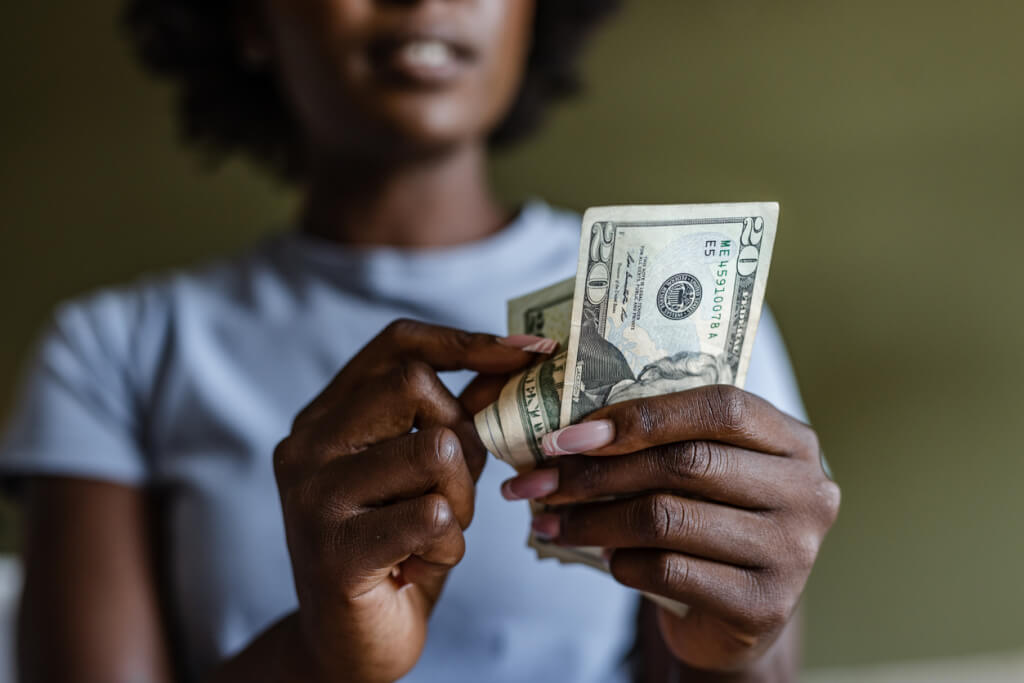Adams wants to install weapons detectors in the subway: because of this, fares may rise, and queues will increase
'01.06.2022'
Nadezhda Verbitskaya
After a mass shooting on a New York subway train, the mayor came up with a high-tech idea. We need to introduce scanners that can detect a person with a weapon in the transport system before he has a chance to use it, reports New York Post.
The technology to quickly scan large numbers of people for weapons does exist. And now it is being used to test people in places like sports stadiums and theme parks. But security experts say installing such a system in a sprawling subway system is very difficult, if not impossible.
The problem will not necessarily be technology. The fact is that scanners must be accompanied by human operators in order to counter people illegally carrying firearms.
“Logistically, it would be a nightmare,” said James Dooley, a retired captain in the New York City Police Department. “We have hundreds of stations, and the fact is that putting someone at every entrance to every station is logistically impossible.”
Mayor Eric Adams, a former police captain, acknowledged the problems
However, he said that the system is still worth trying in some places as a deterrent. The drive to improve subway safety took on new urgency in April after a gunman set off smoke bombs and shot 10 people in a subway compartment.
Then, on May 22, another person killed a passenger in a random attack.
The day after this assassination, Adams again showed interest in weapons testing technology. And soon there were mass shootings in Buffalo and Uvalda, intensifying the debate about how to deal with gun violence.
In the New York subway, the check will not be like airport security checkpoints. This is unacceptable for a system with 472 stations. Instead, Adams cited technology that uses sensors to detect metal. She is capable of detecting the shape of an object such as a gun while people pass by continuously.
Boston-based Evolv is using the technology at venues such as Pro sports stadiums in Atlanta and Nashville, the Georgia Aquarium in Atlanta and New York's Lincoln Center for the Performing Arts.
According to the company, the screeners are capable of scanning 3600 people per hour.
However, they can also give false data from devices such as Chromebooks. In an email, Dana Loaf, director of marketing for Evolv, said there were an order of magnitude fewer false alarms than traditional metal detectors. But she acknowledged that transit systems would present unique challenges.
“Any technology is just one part of the solution, including the security people, the operating environment, and the protocols they follow,” Loaf said.
Similar screening devices, made by UK-based QinetiQ, were part of a pilot program on the Los Angeles public transit system in 2018. They are currently being used at elevated threat levels, LA Metro spokesman Dave Sotero said. Machines from afar project scanning waves onto passers-by.
Identifying someone with a weapon is only half the battle.
“It's also a workforce,” said Donell Harvin, senior policy researcher at Rand Corp. and former chief of security for the government of Washington, D.C.
Adams did not publicly discuss how much these machines and their operation could cost New York. But he acknowledged that the price could be very high.
“If there is a determined attacker, you will have more than just a guard there. There should be a policeman there,” Harvin explained. - It's hard. You can tighten up the rules at every station, but who wants to pay a $10 fare? “
Violent attacks in the NYC subway remain relatively rare compared to crimes on the ground.
In general, the city is one of the safest metropolitan areas in the country.
But the COVID-19 pandemic has damaged people's sense of security, as have a number of high-profile crimes.
The number of crimes in the transportation system reported by the NYPD this year is equal to the years before the pandemic. But public opinion has developed such that confusion reigns underground.
The Metropolitan Transportation Authority has been able to recruit an additional 1000 police officers to the system. But its chairman, Janno Lieber, was candid last week when asked about the current environment.
“This week has been terrible,” he remarked, referring to the May 22 shooting. “This week, I can’t say to any New York subway driver “don’t be afraid, because what happened is a terrifying nightmare!”
According to experts, any workable security update should probably include a combination of measures
Dooley proposed a limited deployment of employees using hand-held metal detectors at high-traffic stations. But he acknowledged that this would only cover part of the system's vast territory and could lead to complaints of violations of civil liberties, including the possibility of racial profiling.
Police officers are already conducting random checks on people's bags at some subway entrances. But these checks are so rare that most people drive for years without being checked.
Lieber said last week that the agency is open to new approaches.
“We are serious about learning about each of these technologies,” he said. “I think we will find a solution, but it’s a matter of time and technology development.”







